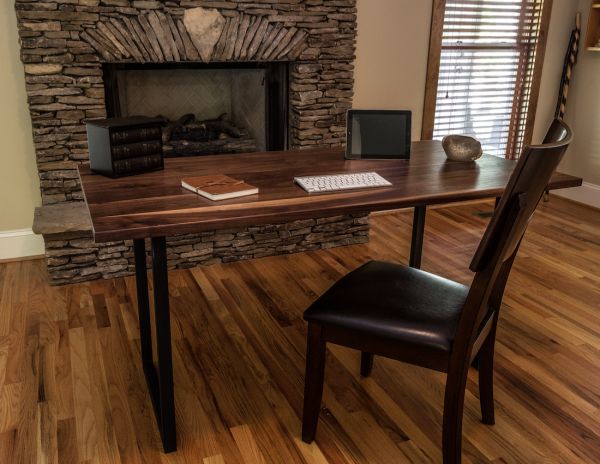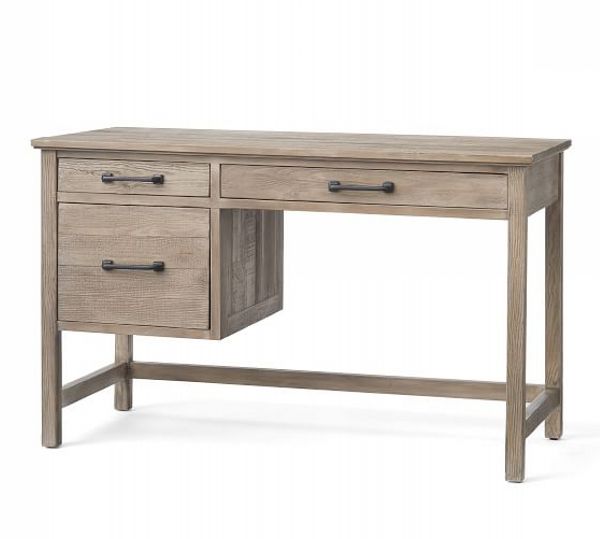Wooden Desk Lamp Diagrams - Discover Truths For Constructing A Pattern Rapidly
Disposable nitrile gloves are great for when you're working with fluids and other caustic liquids. Place metal flashing over the trim so water won't seep behind it. Sand curves smooth with a belt sander or random orbital sander. The best digging tools to use for the trench itself are a mattock and a trenching shovel. Fasten two self-closing cabinet-door hinges to each door, then lay the cabinet on its back and set doors on the face frame. It should slide into the groove without your pushing it firmly. To start, craft four strips of aluminum foil tape about an inch longer than the form sides.
The auxiliary fence provides a positive stop at the jig centerline and keeps the jig from tipping during the cut. Thin cardboard, taped firmly (good website) in place, works perfectly. They also allow your blade to get back on track if it wanders and begins making angled cuts. Use a router and a 45-degree chamfering bit to bevel the front and sides of top. We'll show you how easy it is to create a rabbet joint with a table saw in your own workshop. Use a raking light and your fingers to find rough areas. This leg differs from the other three-it is in three sections, for instance, instead of usual pair of two free-form pieces that are glued together.
Remove edge buildup with short, light strokes toward edge. Not only could you stain treated wood, staining and painting pressure treated lumber is actually good for your new deck. The more you use your saw, more you'll get used to its quirks and the easier it will be to get accurate results. You could also buy specialty hole saws coated with Carborundum or diamond grit to rip hard materials like tile and stone. Small gaps at joints could be filled with putty and sanded, so don't drive yourself nuts seeking perfection against a ceiling that's not. To prevent soil from seeping out the drainage holes, line the bottom of the planter box with landscape fabric, letting it extend a few inches up each side.
First, pour a measured amount of water into the mix from a bucket rather than squirting it in with a hose. With a sharp utility knife, trim sandpaper flush with the blocks. Sand the edges of the curved pieces with a belt sander. Then apply a neat bead of caulk and smooth it out with your finger. You'll notice in the photos that we set concrete pavers into the slab just in front of doorway. Notch slats to fit around the armrest, as you should notice in the plans. If you have a headboard, mark height. Overlap all the decking equally at one end with the edges flush at other.
Load a few heavy objects into the drawer and open it. It could cut the groove for the drawer bottom. Build the form from Melamine-coated particleboard to give the concrete a smooth finish and make form easy to remove. Drill one pilot hole on each end of the slats and screw them to seat brace. Chisel the pieces between cuts and then file smooth. Now gently slide the miter gauge out, clamp and drive in a second screw. After installing the toggle according to the instructions, you'll have a threaded opening in wall ready to receive included bolt. Because they're so narrow and don't have to support weight as real cabinet face frames do, you can just nail the face frame parts together as shown in Photo 6 and Fig.
Then lay the shelf on its side, lined up with its location mark. It's the easiest way to cover plywood edges, and it makes inexpensive plywood look like solid wood. They could also be used to hold chair seats on legs and to hold splines between boards. After you set nails, press putty in the holes and let it dry thoroughly. Center two pieces face to face and lay a toolbox or some other weight on top until glue sets. Screw the fasteners in place, then turn over the table's base and center it on the top. Then measure the height of compressor to determine the proper distance from the ceiling to the shelf so compressor has enough clearance.


